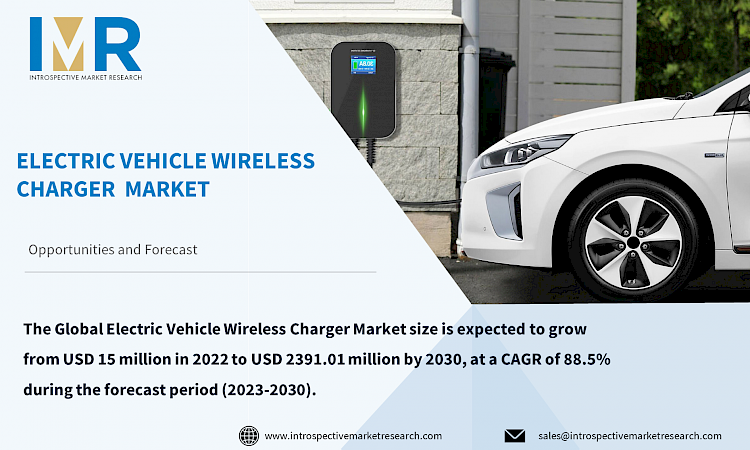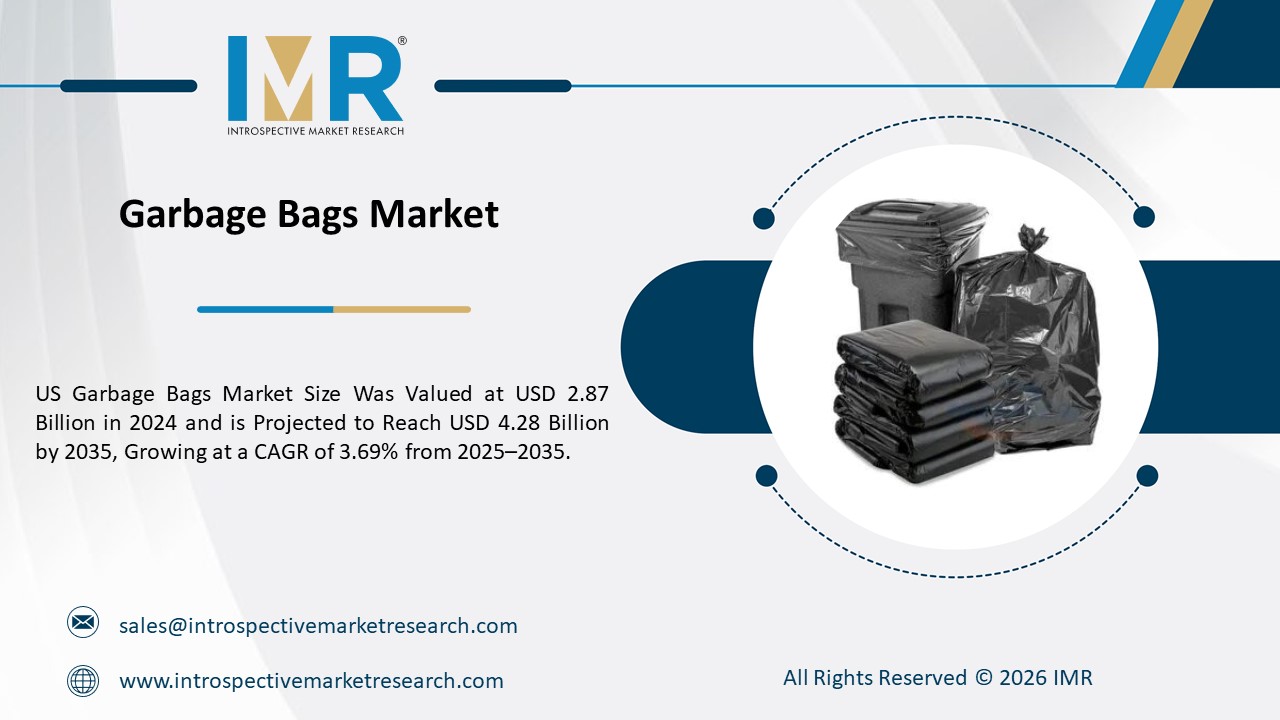Market Overview:
The Global Electric Vehicle Wireless Charger Market size is expected to grow from USD 15 million in 2022 to USD 2391.01 million by 2030, at a CAGR of 88.5% during the forecast period (2023-2030).
Wireless charging systems for electric vehicles have experienced significant growth in recent years. This is driven by the desire of cities to transition away from fossil fuel vehicles for a cleaner urban environment, as well as the improving efficiency and affordability of electric vehicles. By seamlessly integrating wireless charging into vehicles and strategically placing charging pads throughout cities and at owners' homes, drivers can simply park over a ground-based or embedded coil to charge their vehicles without the need for traditional plug-in charging. This technology has the potential to address various real and perceived issues. This advancement in wireless technology would result in smaller and lighter batteries, which would further support the growth of the electric vehicle market in the foreseeable future.
Top Key Players for Electric Vehicle Wireless Charger Market:
- Witricity Corporation (US)
- Plugless Power Inc. (US)
- Nissan (Japan)
- Toyota Motor Corporation (Japan)
- Evatran (US)
- ZTE Corporation (China)
- Volvo (Sweden)
- Porsche (Germany)
- Robert Bosch GmbH (Germany)
- Tesla (US)
- Momentum Dynamic Corporation (US)
- Efacec (Portugal)
- HEVO Inc. (US) and Other Major Players
Market Dynamics and Factors:
The Electric Vehicle (EV) wireless charger market is being driven by the rapid advancements in wireless charging technology. As cities worldwide focus on reducing pollution and adopting cleaner transportation solutions, the integration of wireless charging systems in EVs has gained significant momentum. This innovative technology allows EV owners to conveniently charge their vehicles without the need for traditional plug-in methods. By seamlessly integrating wireless charging systems into parking infrastructure and strategically placing charging pads, drivers can simply park their vehicles over a ground-based or embedded coil to initiate charging. The convenience, coupled with continuous improvements in wireless charging efficiency and power transfer capability, has the potential to revolutionize the EV market. This technology addresses concerns such as range anxiety, while also enabling the reduction of battery size and weight, and enhancing the overall user experience.
The Electric Vehicle Wireless Charger Market is poised for growth due to the combination of supportive government policies and the increasing number of start-ups. Governments around the world are implementing favourable regulations and incentives to encourage the adoption of electric vehicles, while start-ups are driving innovation in wireless charging technology. This presents a significant opportunity for the market as it offers convenient and sustainable charging solutions for electric vehicles, supported by government initiatives and the entrepreneurial drive of start-ups.
Key Industry Development:
- In March 2023, ABT e-Line, a technology driver and one of the leading companies in aftermarket automotive solutions, and WiTricity, the leader in wireless electric vehicle charging, announced plans to deliver aftermarket wireless EV charging in Europe. With extensive experience working with the Volkswagen Group (VW), ABT e-Line will initially upgrade the VW ID.4 to support wireless charging from WiTricity, with availability targeted for early 2024. The company plans to expand to additional EV models thereafter.
- In March 2023, Ballingen has launched Germany?s first public project for electric vehicle wireless charging. The project involves laying an Electric Road System (ERS) and static charging stations along a functioning bus route with stops. The first phase will be 400 metres long and have two charging stations. The second extends this to 1000 metres. Electreon, leading provider of wireless and in-road electric vehicle chargers, will provide static and dynamic wireless charging infrastructure for the project.
- In September 2023, FLO, a prominent North American EV charging company, is spearheading advancements in EV charging experiences through collaborations with industry leaders WiTricity and Hubject. They aim to enhance the charging process by exploring wireless charging and Plug & Charge technology. FLO is partnering with WiTricity to test wireless EV charging in their advanced engineering lab, striving to offer cable-free vehicle charging using WiTricity's Halo? EV charging system. This initiative highlights FLO's dedication to providing top-notch charging experiences and underscores the significance of their collaborations in shaping the future of EV charging technology.
Electric Vehicle Wireless Charger Market Report Highlight:
- By Power Supply Range, the 3-<11 segment is anticipated to dominate the market over the forecast period. The EV wireless charger supports a wide power supply range, from 3 to 11, allowing it to accommodate various electric vehicle charging needs.
- By Application, the commercial segment is anticipated to dominate the market over the forecast period. Commercial EV wireless chargers offer convenient and efficient charging options for electric vehicles, utilizing wireless technology to eliminate the need for traditional plug-in charging methods.
- By Charging Type, the dynamic wireless charging system segment is anticipated to dominate the market over the forecast period. The dynamic wireless charging system for electric vehicles is a cutting-edge technology that enables vehicles to charge wirelessly while in motion, eliminating the need for conventional plug-in charging methods.
- By Charging System, the inductive power transfer segment is anticipated to dominate the market. IPT is utilized to transmit electricity from a charging pad to an electric vehicle without the need for physical connections. This technology uses magnetic fields to wirelessly transfer power, making the charging process convenient and efficient for electric vehicle owners.
Central to our report are the company profiles and competitive analysis, providing insights into market players' overview, market role, and operating business segments. We evaluate their financial performance, production volume, sales volume, and sales margin while highlighting recent market developments. Our market research offers invaluable intelligence and strategic insights to drive informed decision-making. By capitalizing on emerging opportunities and understanding the competitive landscape, our report empowers businesses to thrive in the Global Electric Vehicle Wireless Charger Market.
Electric Vehicle Wireless Charger Market Segmentation:
By Power Supply Range
- 3-<11
- 11-50
- >50 KW
By Application
- Residential
- Commercial
By Charging Type
- Dynamic Wireless Charging System
- Stationary Wireless Charging System
By Charging System
- Magnetic Power Transfer
- Capacitive Power Transfer
- Inductive Power Transfer
For this report, Introspective Market Research has segmented the Electric Vehicle Wireless Charger Market based on region:
Regional Outlook (Revenue in USD Million; Volume in Units, 2023-2030)
North America
- The U.S.
- Canada
- Mexico
Eastern Europe
- Russia
- Bulgaria
- The Czech Republic
- Hungary
- Poland
- Romania
- Rest of Eastern Europe
Western Europe
- Germany
- UK
- France
- Netherlands
- Italy
- Spain
- Rest of Western Europe
Asia Pacific
- China
- India
- Japan
- Singapore
- Australia
- New-Zealand
- Rest of APAC
Middle East & Africa
- Turkey
- Saudi Arabia






